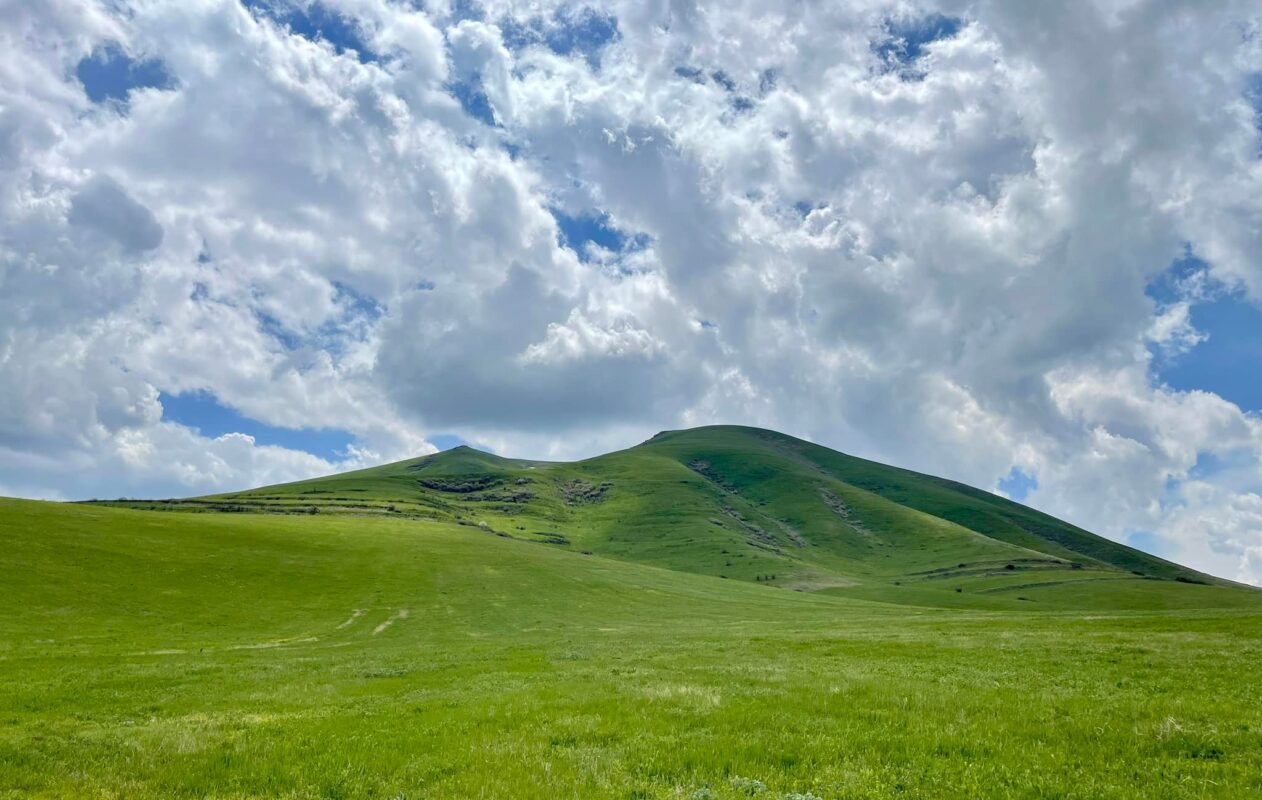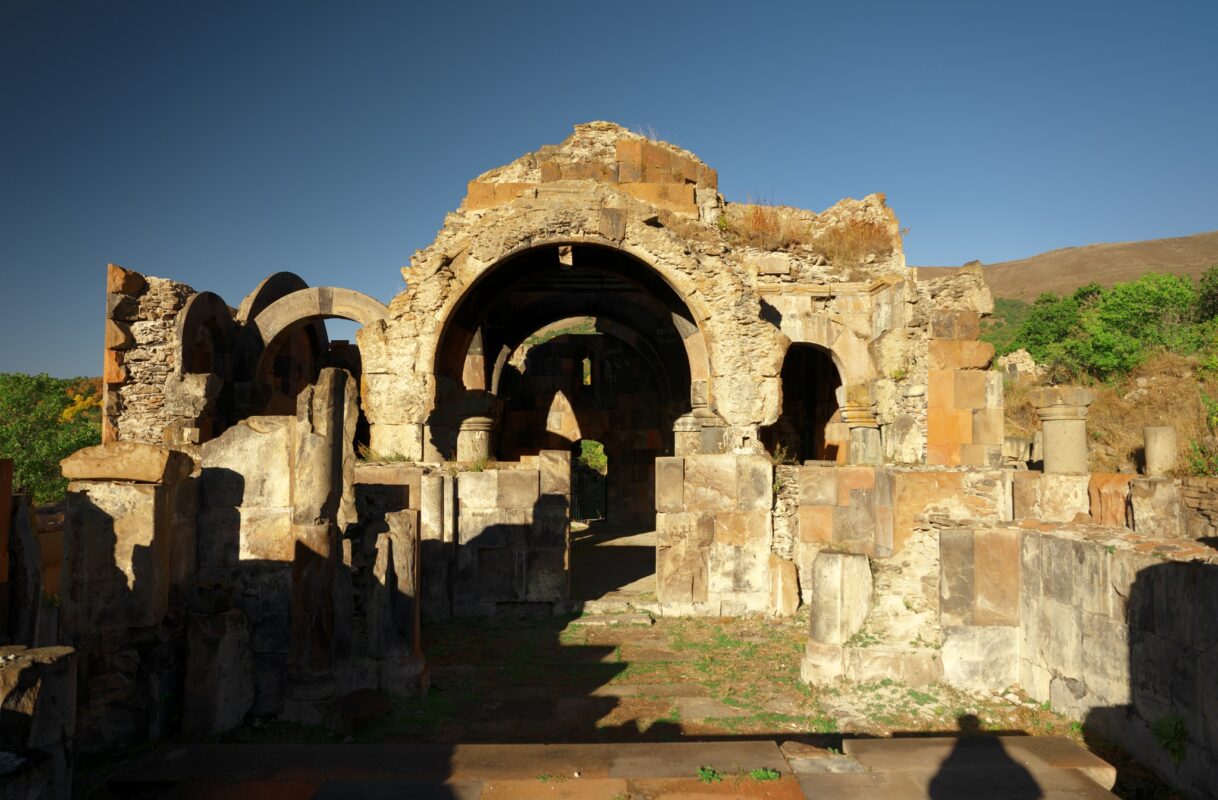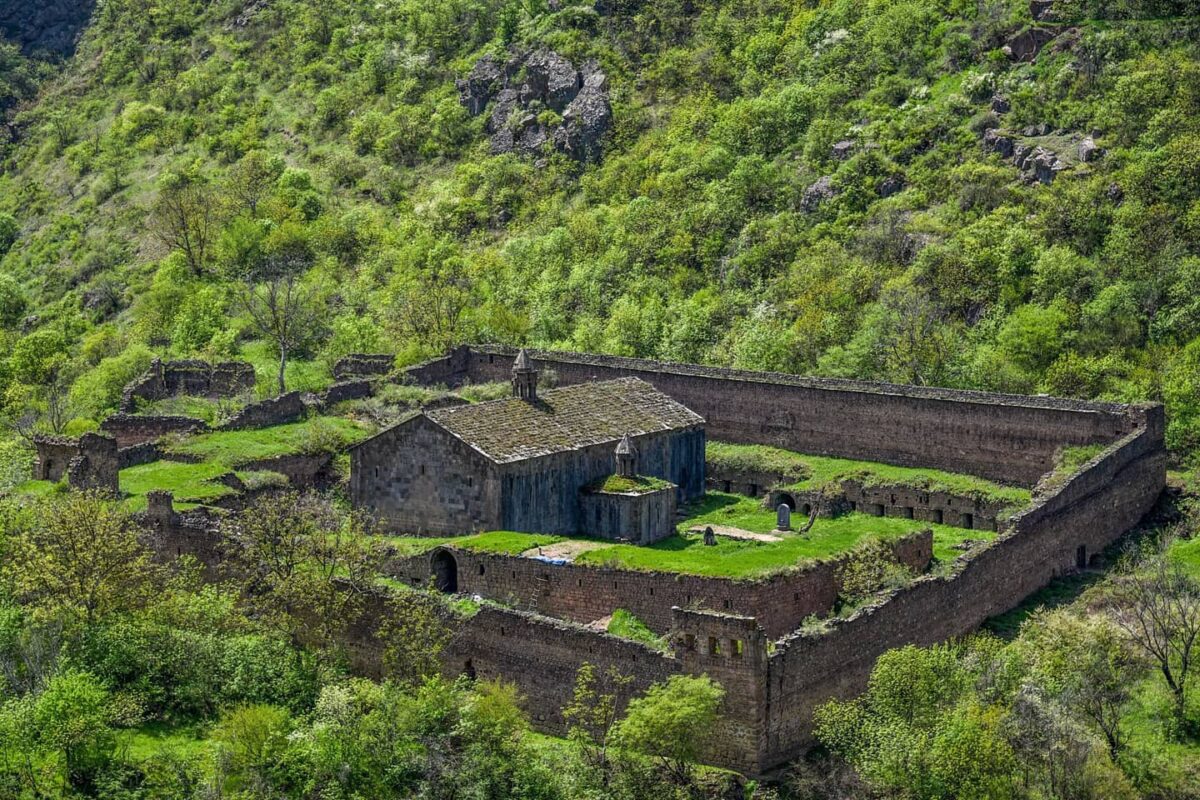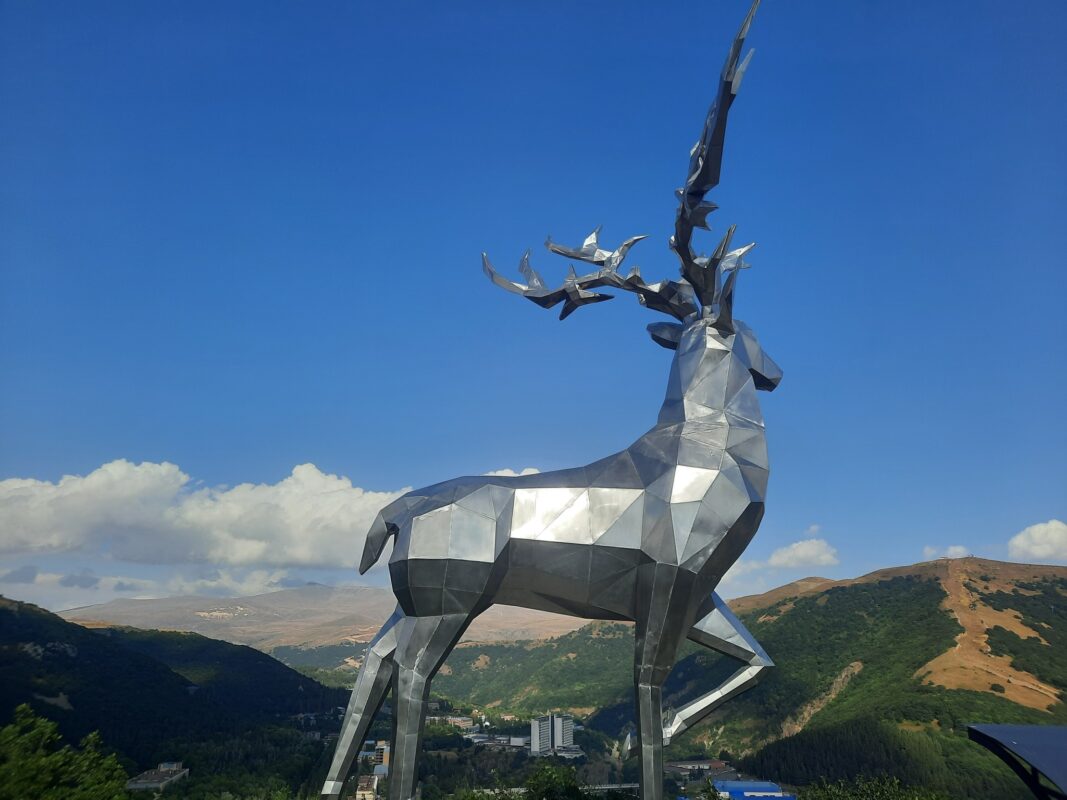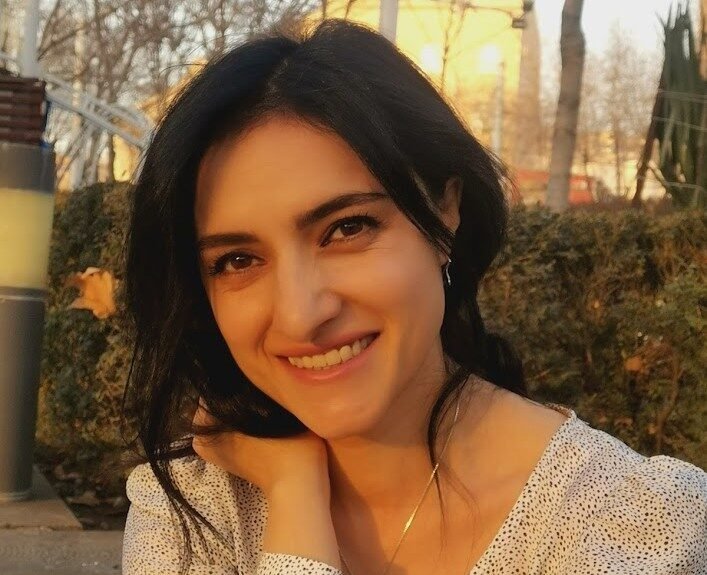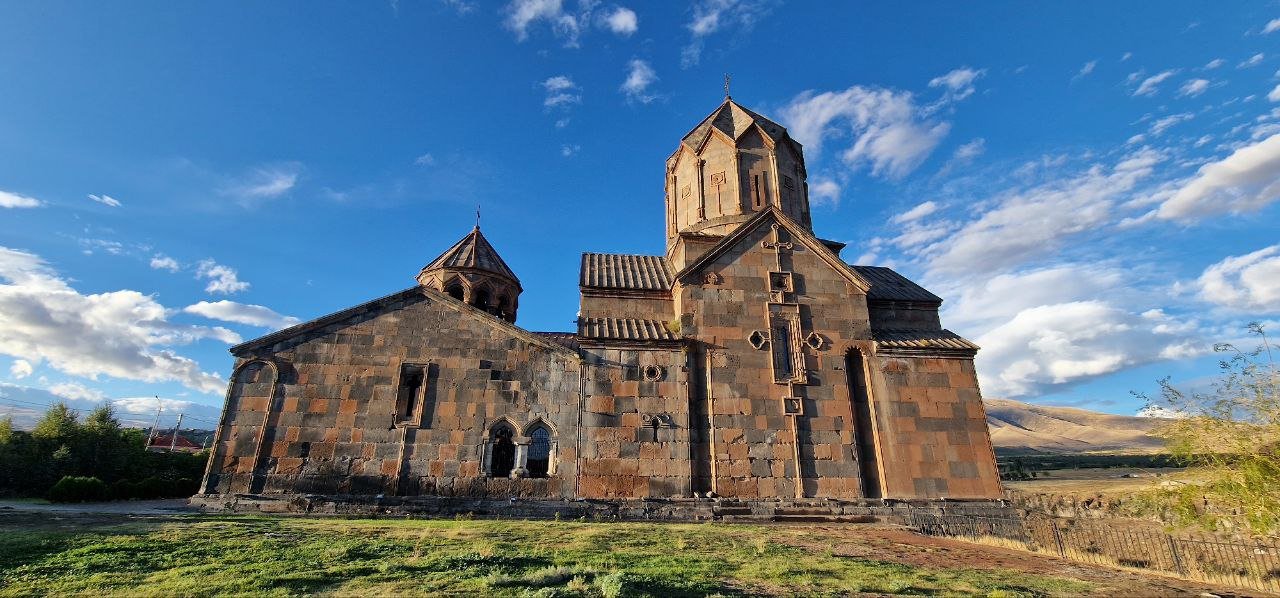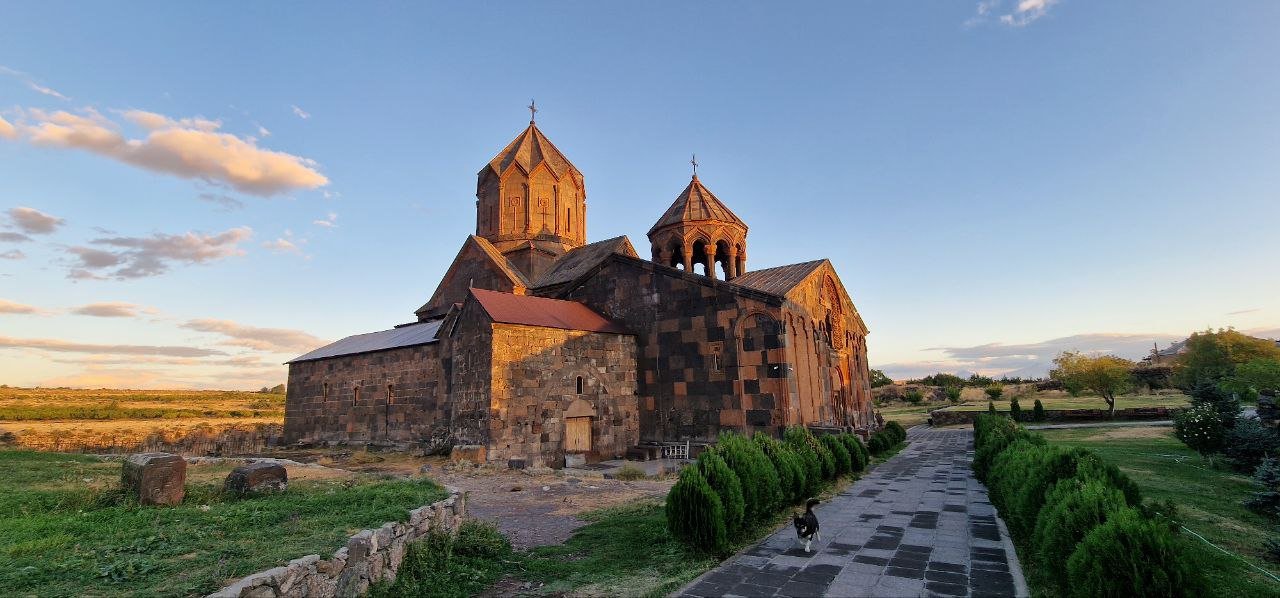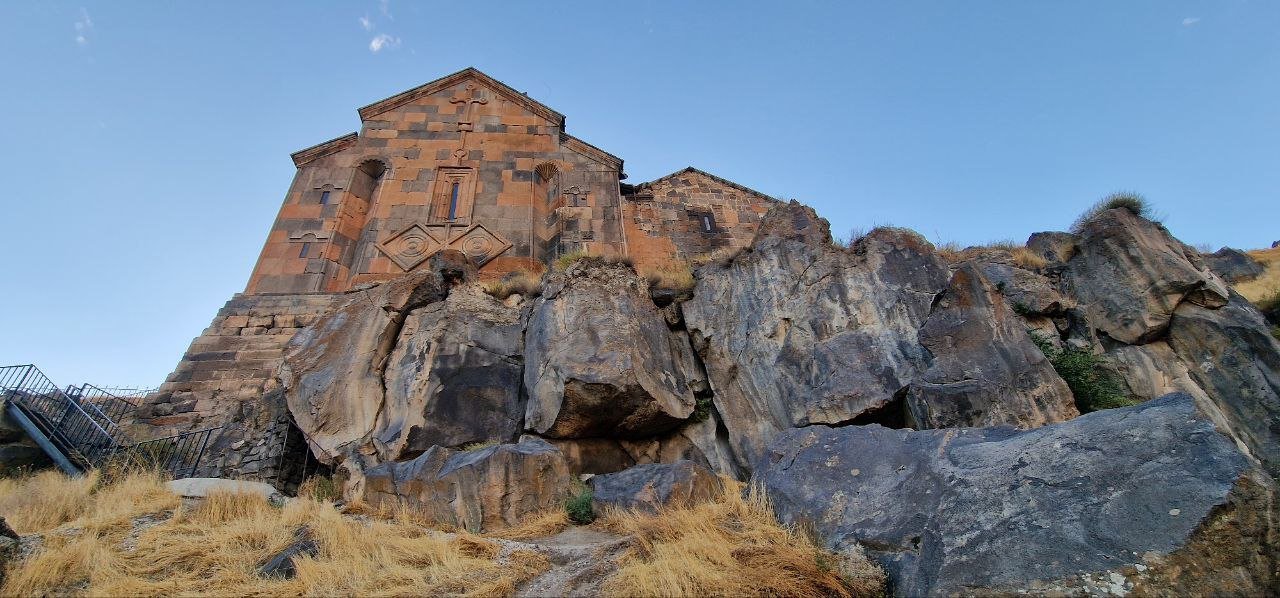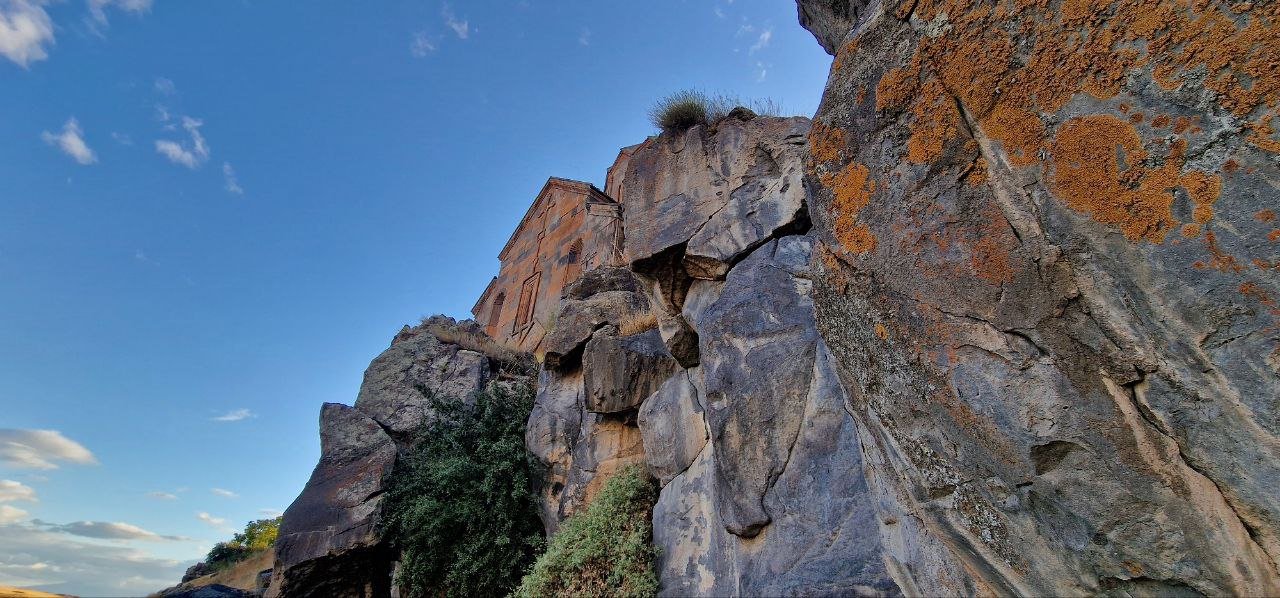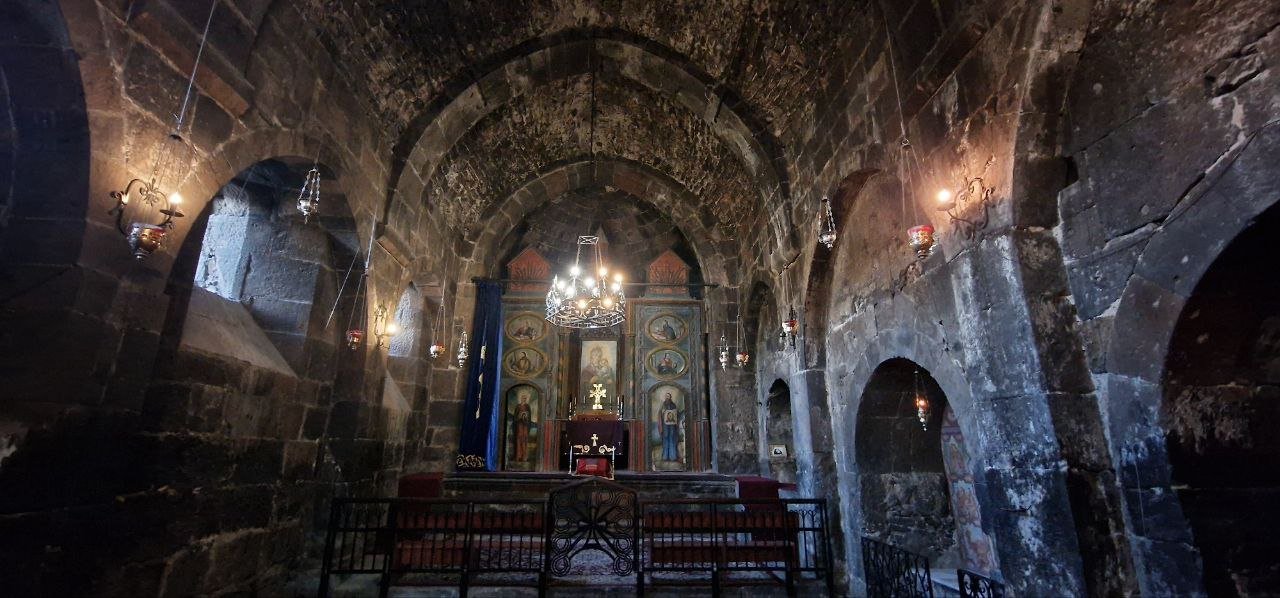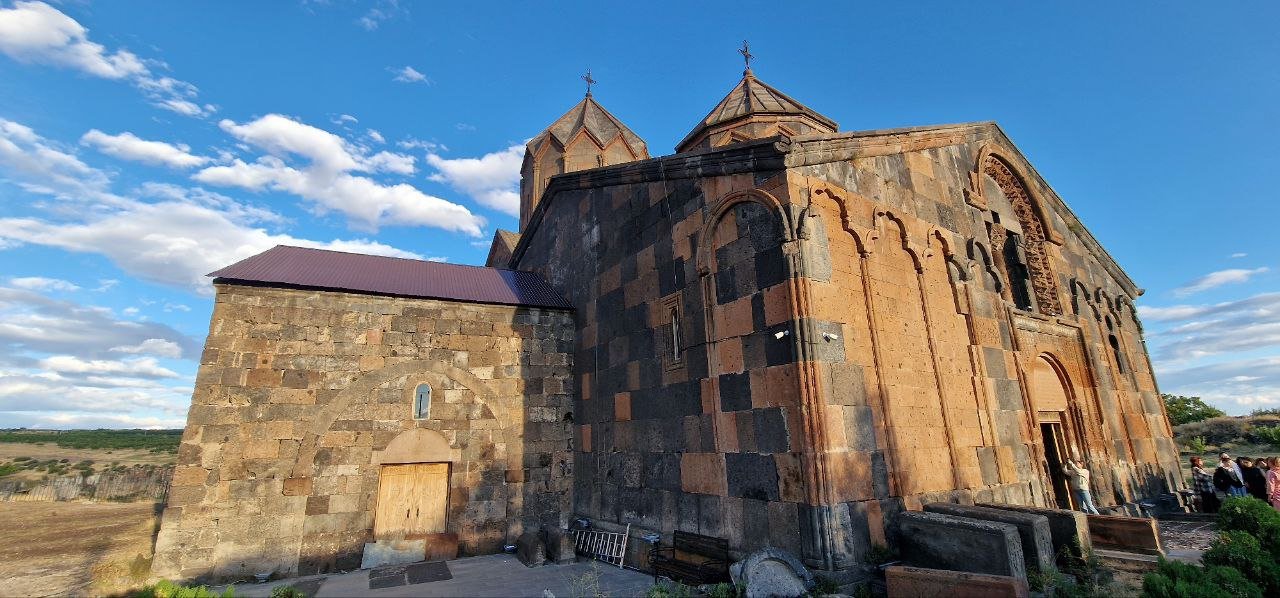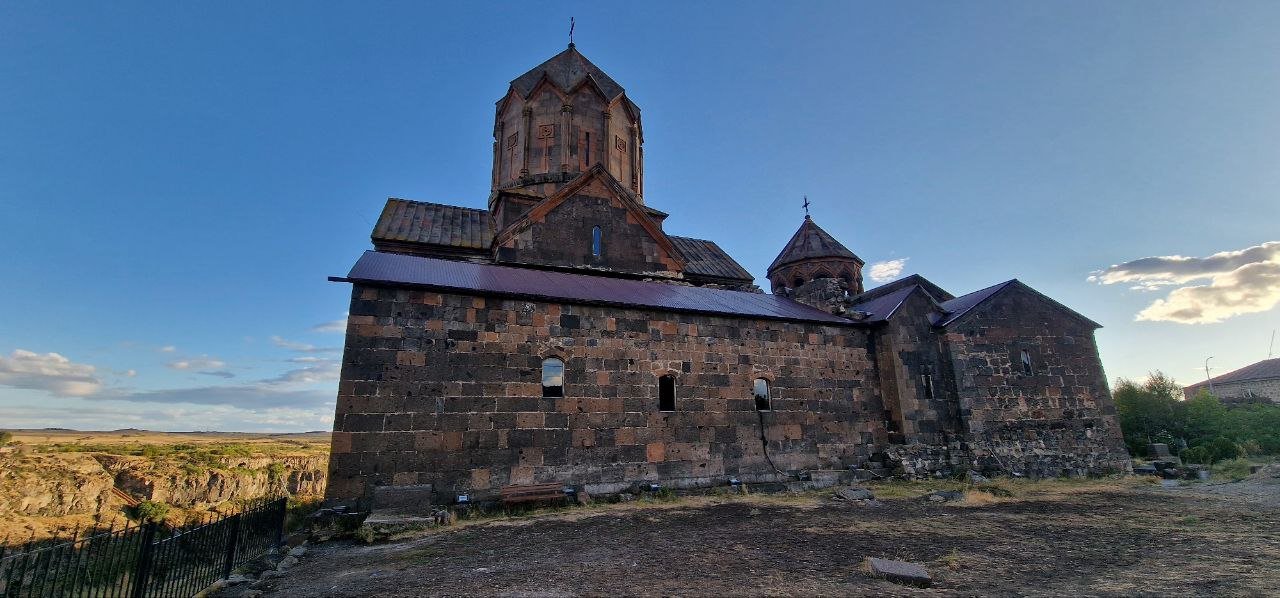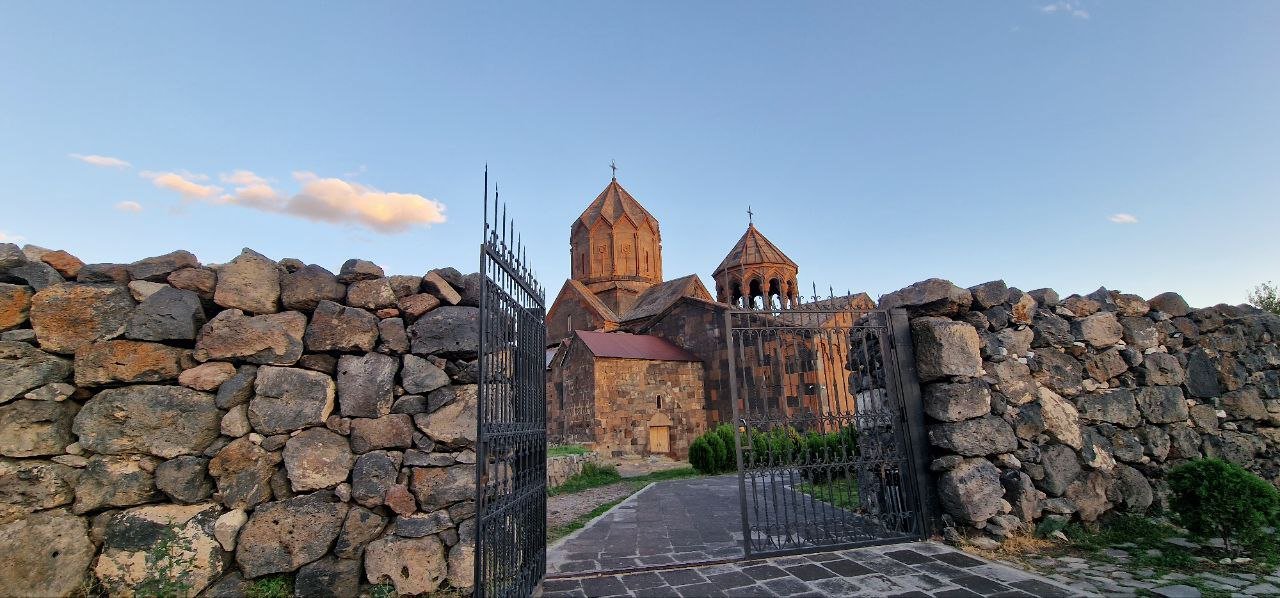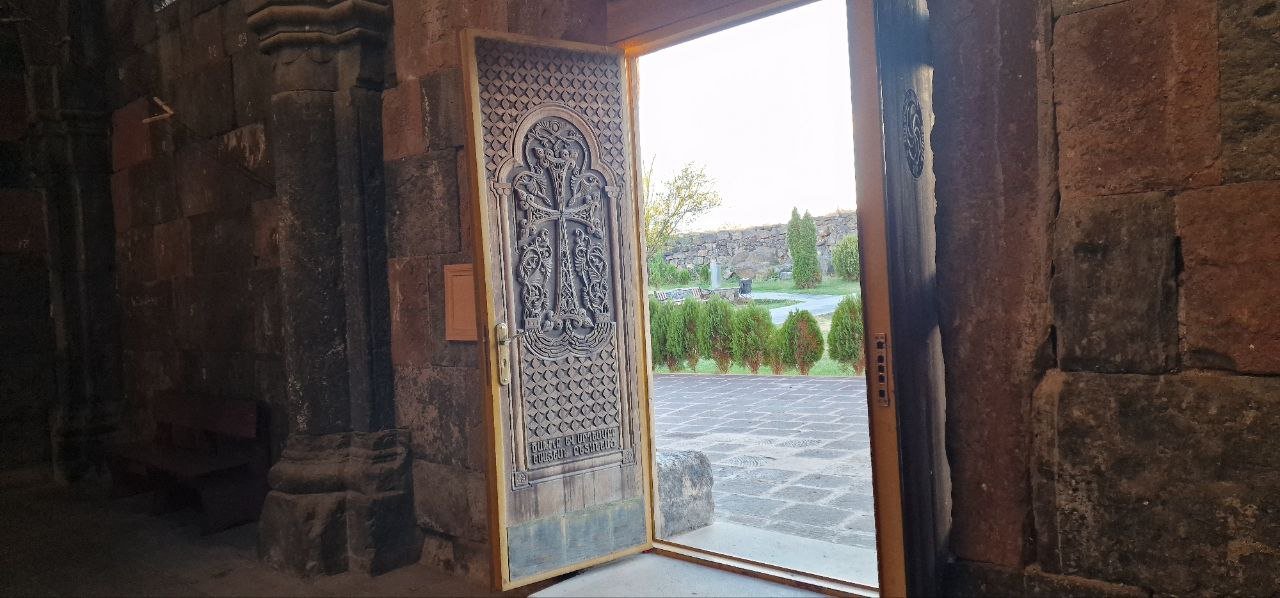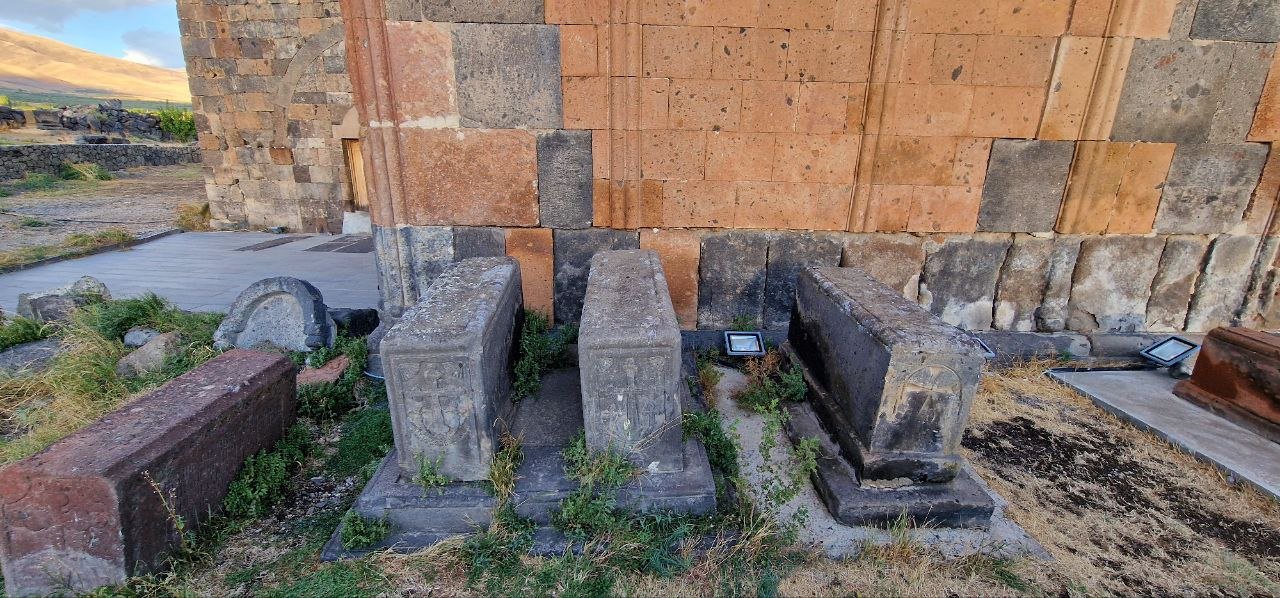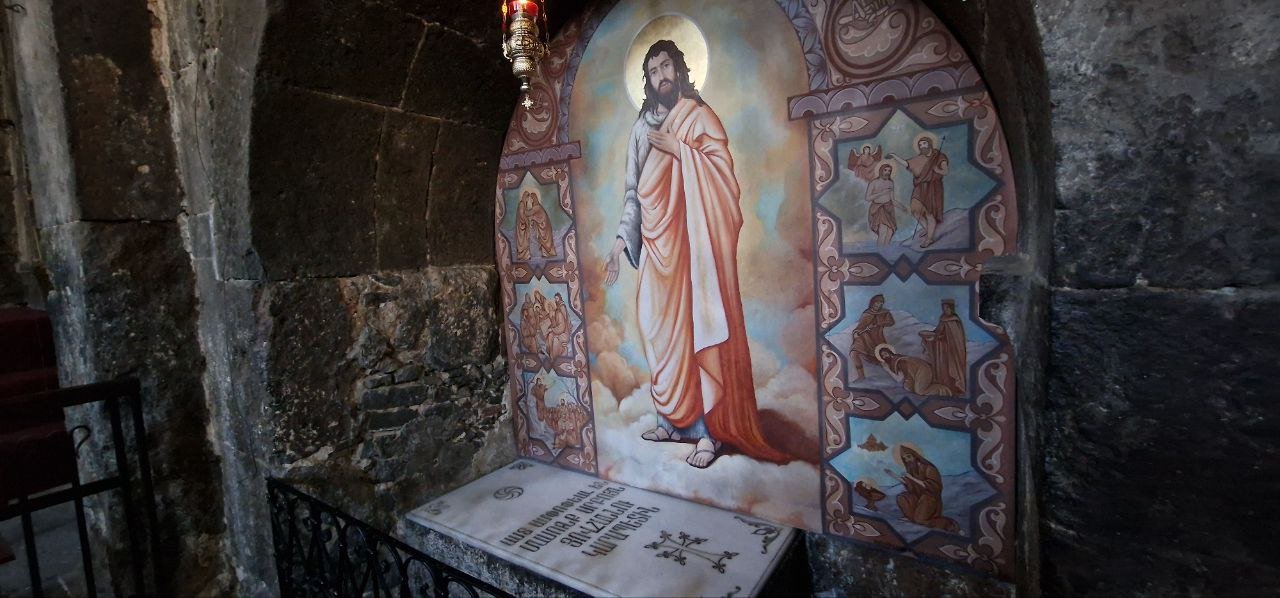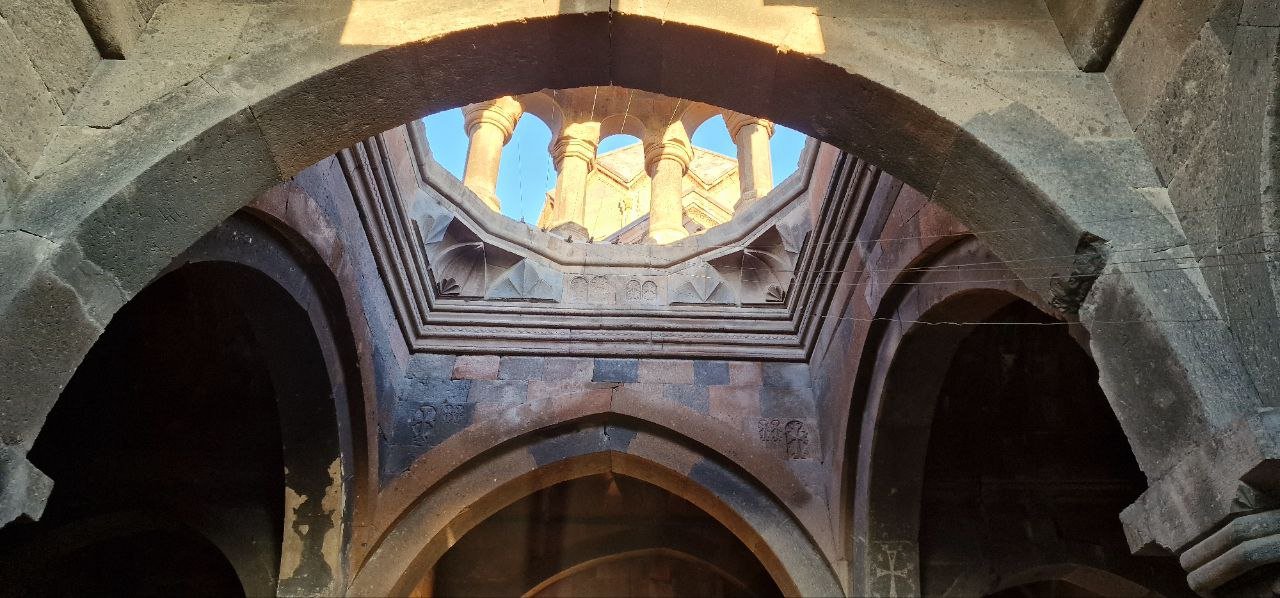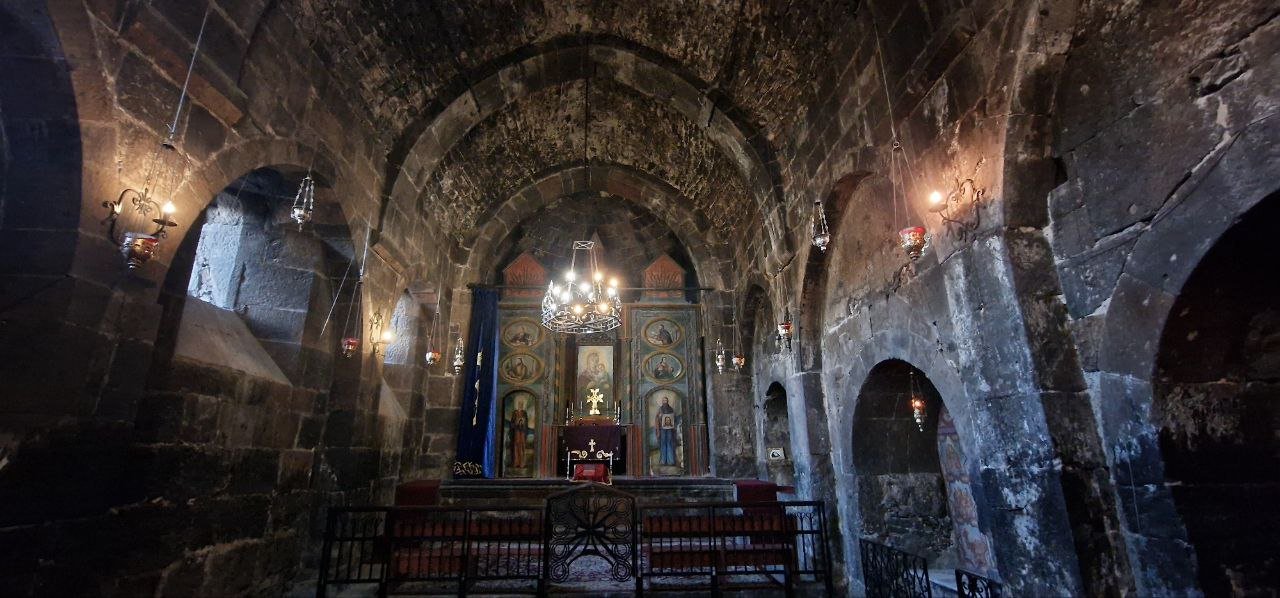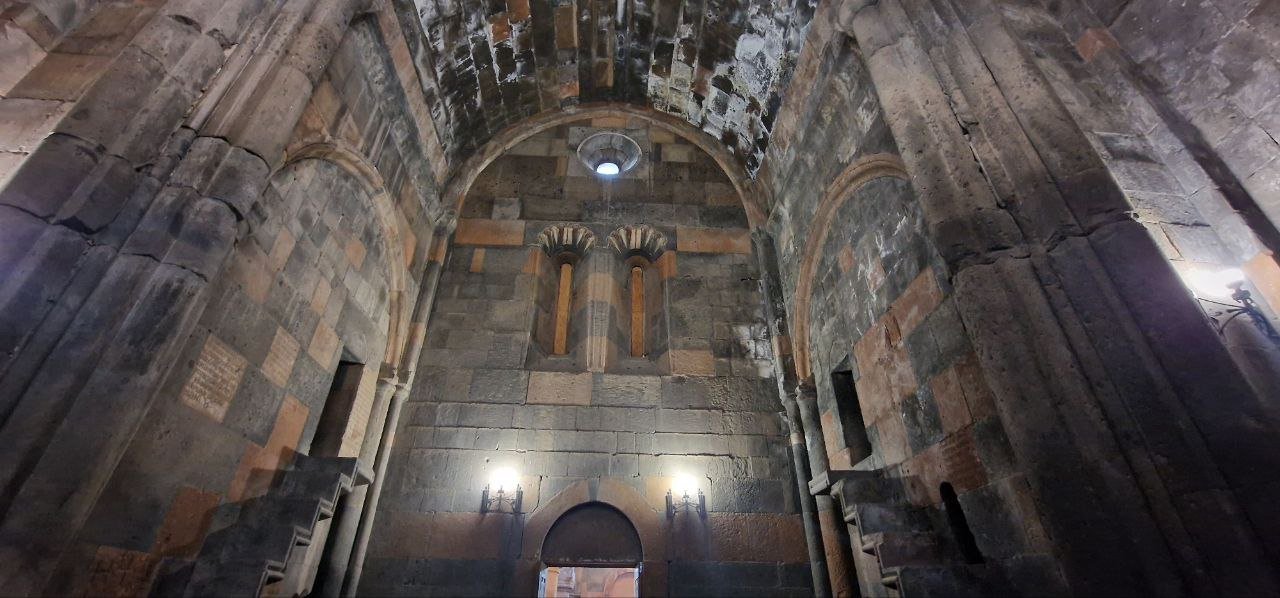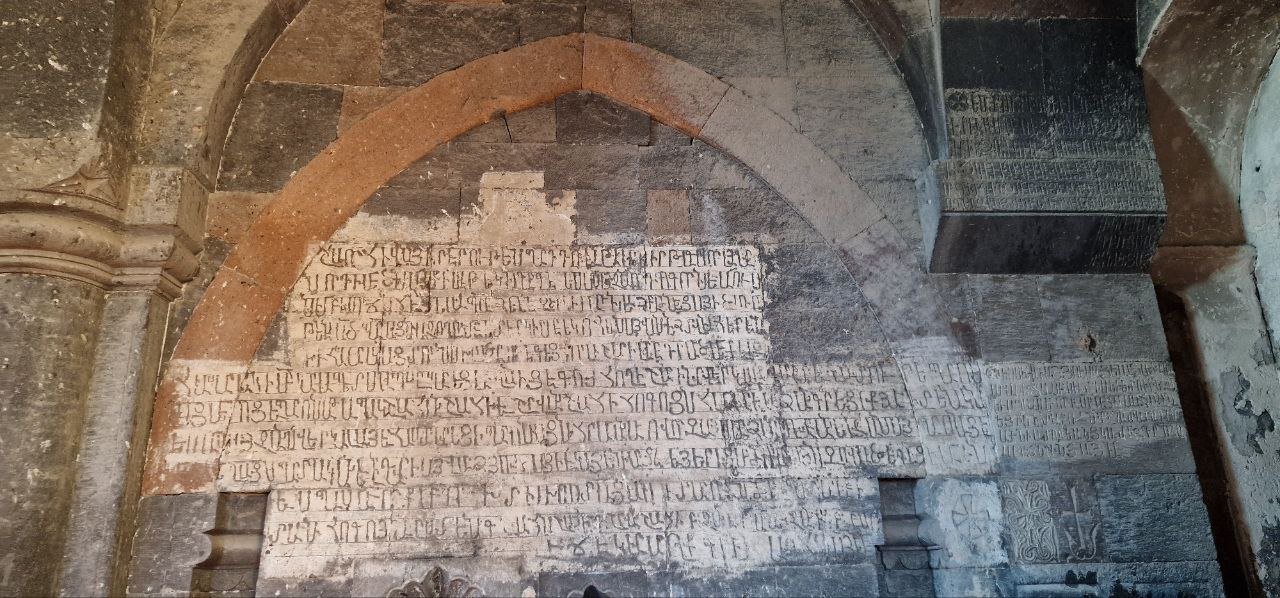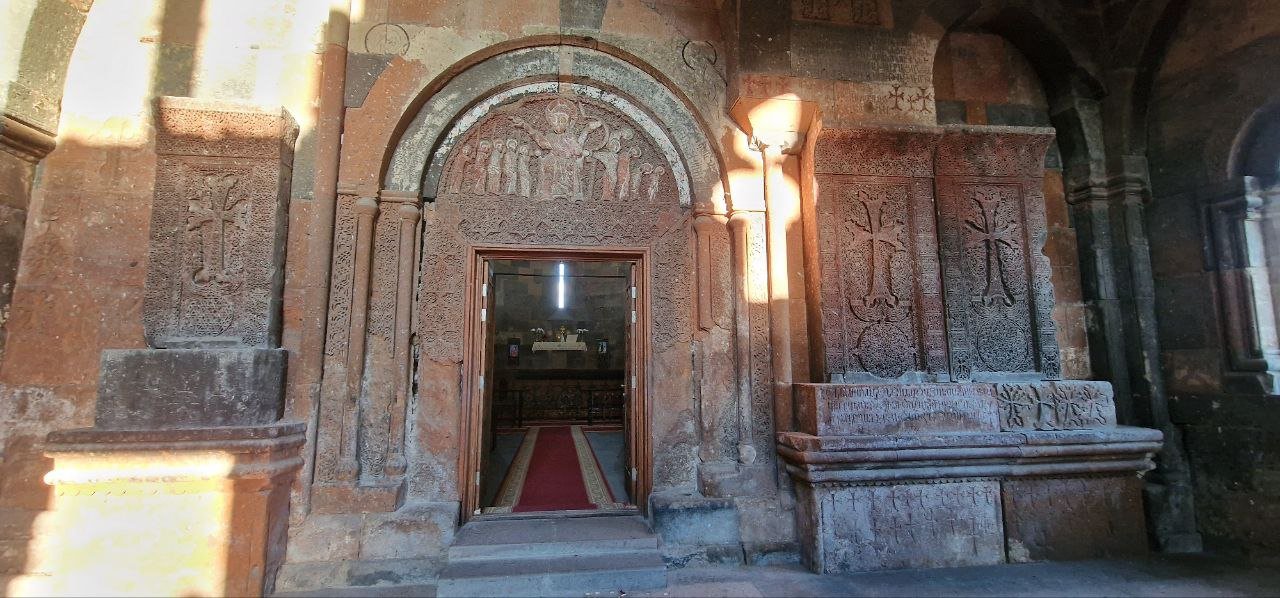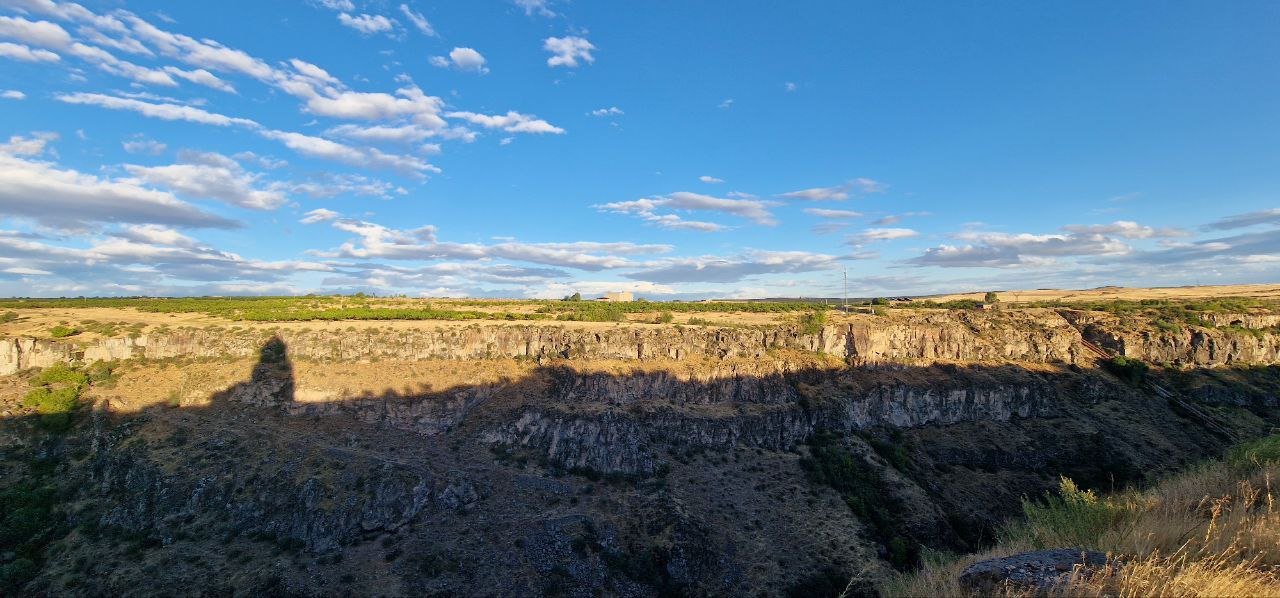Latest Listings
Related Listings
Close To You
Hovhannavank
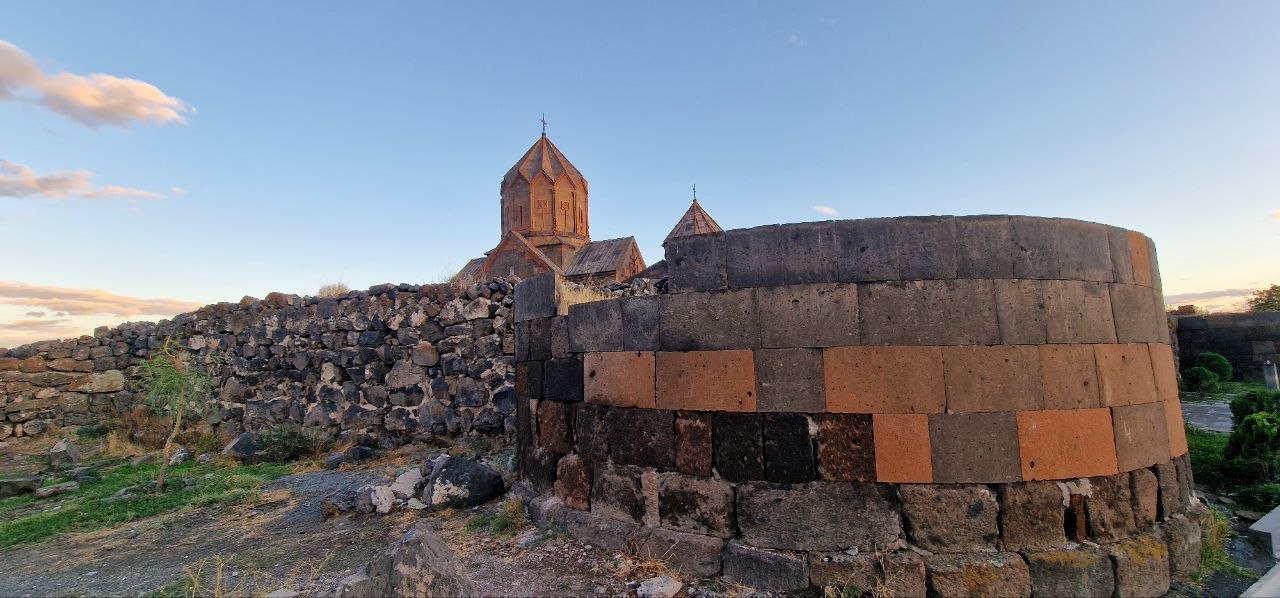
Monastery
1321 m
Natural
Easy
VISITOR INFORMATION
📍 Location - Aragatsotn Province, Ohanavan village, on the right bank of the Kasagh Gorge, about 30 km from Yerevan.
🕰️ Period - According to tradition, founded in the 3rd–4th centuries by Gregory the Illuminator. Main structures: a 5th-century basilica, the 13th-century Katoghike Church, and the gavit (narthex).
🌐 Coordinates - 40.333° N, 44.383° E
🏰 Other Names - Amatuniats Surb Karapet, Anavank, Monastery of Surb Hovhannes, Hanavank, Havanavank, Monastery of St. Hovhannēs Karapet, Syugi or Sovi Monastery, Ohanavank.
🌿 Best Time to Visit - From late spring to late autumn, when the gorge is at its most beauty.
🛤️ How to Get There - From Yerevan, take the Ashtarak Highway toward Ohannavan village. The monastery stands near the village at the edge of the gorge; you can drive right up to the church precinct.
OVERVIEW
Hovhannavank is one of the notable monuments of medieval Armenian architecture, admired for its dramatic setting and rich historical-cultural heritage. For centuries it served as a spiritual, educational, and cultural center, with schools and scriptoria operating here. The domed Katoghike Church is considered a masterpiece of medieval Armenian architecture, while the gavit-with its powerful colonnade and rotunda-stands out among comparable Armenian structures. About 100 rock-carved inscriptions survive at Hovhannavank, bearing witness to millennia of history and an enduring educational tradition.
ETYMOLOGY
Over the centuries the monastery has been known by many names. It was originally called Syugi or Sovi Monastery in honor of the abbot Syug. In popular usage, “Hannavank” also appears. According to the 17th-century historian Arakel of Tabriz (Davrizhetsi), the current name “Hovhannavank” is linked to an abbot named Hovhannes, appointed by Ghazar Parpetsi. Other attestations include Amatuniats Surb Karapet, Anavank, Monastery of St. Hovhannēs Karapet, Ohanavank, and more.
HISTORY
Tradition holds that a temple of the goddess Astghik originally stood on this site. On its foundations, in the 4th century Gregory the Illuminator built the basilica of Surb Karapet (St. John the Forerunner) and placed there the relics of John the Baptist, with the support of King Tiridates III. In later periods the area became the estate of the Kamsarakans, Mamikonians, and Pahlavunis. At the initiative of Catholicos Nerses the Great, the relics of Saint George the General (Surb Gevorg Zoravar) were transferred here and kept until the 16th century. Between 1216 and 1221 Prince Vache I Vachutyan built the main Katoghike Church. It is a cruciform, centrally domed structure notable for its two-story pastophoria and rich relief decoration. The high-reliefs on the portal tympanum depict the “Parable of the Wise and Foolish Virgins” (Matthew 25:1-13), a rare example in medieval Armenian sculpture. The dome and the west wall collapsed in the 1918 earthquake but were restored in the 1980s-1990s. In the 1240s Vache’s son, Prince Kurd I Vachutyan, together with his wife Khorishah, initiated the construction of the gavit, completed in 1250. The gavit is of the four-pier type, remarkable for its spacious hall, large rotunda, and layered ornament. In 1243, at Hovhannavank, Catholicos Konstantin I of Bardzrberd established the Episcopal See of Amberd, which functioned until the 14th century. Later known as the Hovhannavank See, it played an important role in Armenian ecclesiastical life, especially in 1441 when the Mother See was moved from Cilicia to Etchmiadzin. For centuries the monastery enjoyed the patronage of princely houses and was surrounded by strong walls and towers. It possessed extensive lands, orchards, pastures, oil presses, and mills-evidence of its economic strength. In the 17th century the historian Deacon Zakaria of Kanaker lived and wrote the monastery’s history here. Activity gradually declined, and operations ceased in the early 19th century. Hovhannavank was not only a religious institution in the Middle Ages but also a major educational and cultural center. Of the manuscripts written and copied at the monastery, about twenty have survived and are now preserved at the Matenadaran.
ARCHITECTURE
The complex has a rectangular plan and consists of three principal structures: the Surb Karapet basilica (4th c.), the Surb Karapet Katoghike Church (13th c.), and the gavit (1250). The enclosure was once fortified with defensive walls and towers. The oldest layer is the single-nave basilica, originally roofed with timber. In 573 Abbot Ashot of Dvin rebuilt it, replacing the wooden roof with a stone barrel vault. Black and gray tuff were used in the construction. The main Katoghike Church is a typical example of 13th-century Armenian architecture: a cruciform, centrally domed church distinguished by reliefs and vegetal ornament. A concealed passage survives in one of the sanctuary rooms, descending toward the Kasagh Gorge and serving as a route for escape or concealment. The gavit adjoins the church on the west. It is a large four-pier hall with a central rotunda. Khachkars are placed within, and the exterior façades feature triple-arched motifs. The benefactor Prince Kurd Vachutyan was later interred here. On the southwestern side stands a commemorative pillar, which, according to Zakaria of Kanaker, was founded by Gregory the Illuminator; it was restored in the 1990s.
PRESERVATION AND CONSERVATION
Over the centuries Hovhannavank’s structures suffered repeated damage from earthquakes and hostile incursions. The most severe damage came in the 1918 earthquake, which destroyed the Katoghike Church’s dome and west wall. Major excavations and restorations were carried out in the 20th century. In the 1980s-1990s the dome and conical roof of the Katoghike were rebuilt, drawing on descriptions by Deacon Zakaria. The commemorative pillar was also renovated in the same period. Today Hovhannavank is protected as a cultural monument, listed in Armenia’s State Register of Immovable Historical and Cultural Monuments, and serves as an important pilgrimage site and tourist destination.
LOCAL LEGENDS
According to tradition, before the adoption of Christianity a temple of the goddess Astghik stood here. Pagan practices were later replaced by Christian rites when Gregory the Illuminator founded the Surb Karapet basilica in the 4th century.
Another tradition holds that the relics of John the Baptist were deposited in the church built by Gregory the Illuminator, making the monastery a miracle-working shrine for centuries.
There is also a belief that the pillar in the monastery courtyard is dedicated to Abbot Ashot of Dvin, who in the 6th century replaced the wooden roof with stone vaulting. The pillar stood until the 17th century and was a local pilgrimage spot.
Yet another legend tells of a secret passage descending from the sanctuary of the Katoghike Church, branching into seven routes toward the gorge, ensuring safe passage to the rock-hewn caves of the Kasagh Gorge. Monks are said to have hidden there during attacks and safeguarded holy relics. The routes were sealed by an earthquake, but the entrance remains behind the church altar.
Facilities
Nearby
A 13th-century monastic complex in the village of Saghmosavan, on the edge of the Kasagh Gorge. Notable are the Surb Sion Church, the gavit, and a small scriptorium, with fine viewpoints over the gorge and Mount Aragats.
A 7th-century stronghold on the slopes of Mount Aragats, famed for its medieval military architecture and majestic vistas.
One of the region’s leading scientific centers, internationally known for astronomical discoveries. Visitors can tour the facilities and enjoy the pristine night sky.
The burial place of Mesrop Mashtots, creator of the Armenian alphabet. The village church is built over his tomb and has become a symbol of Armenian identity and literacy.
A historic town rich in medieval churches, stone bridges, and traditional houses-also a great place to taste local cuisine and experience the cultural life of Aragatsotn.

